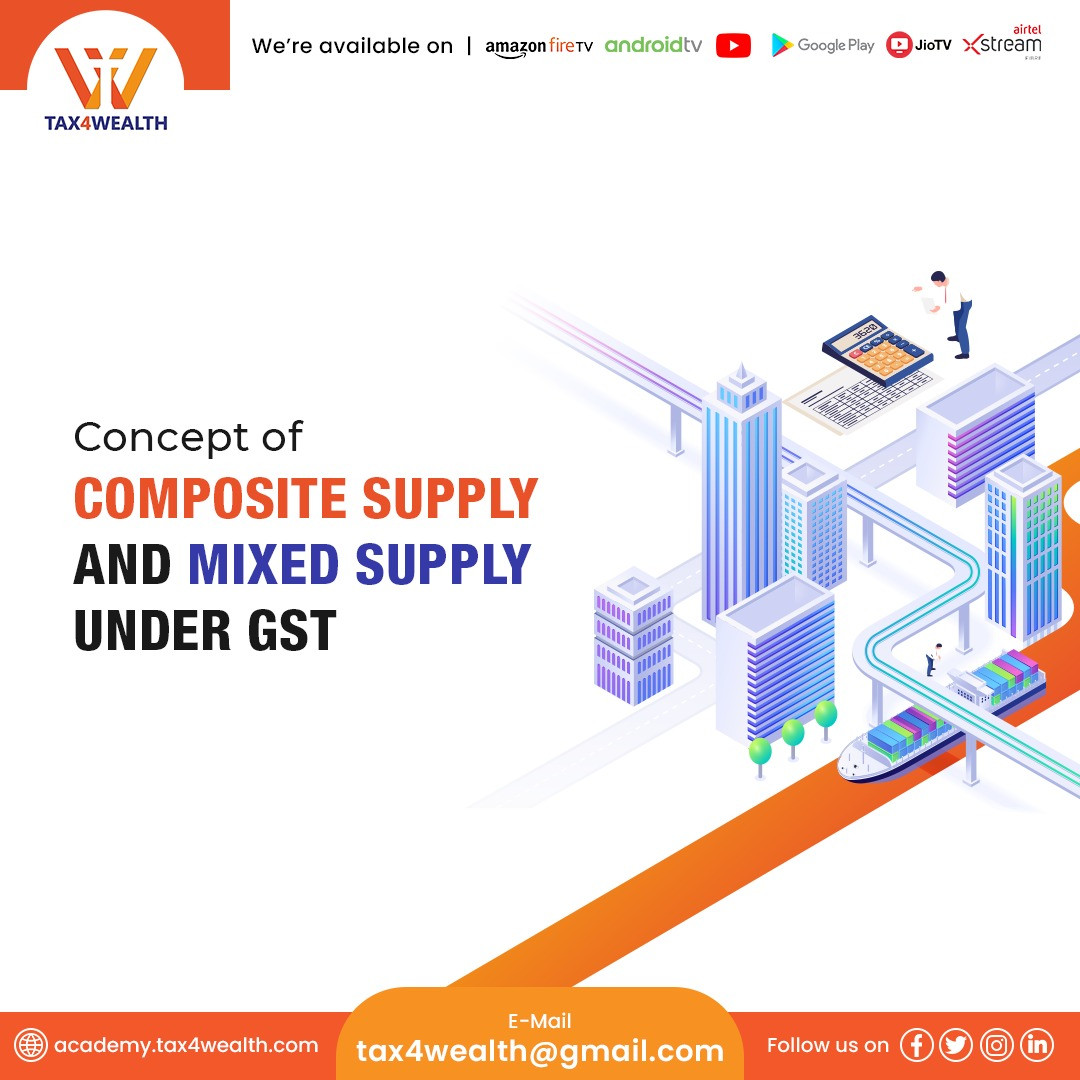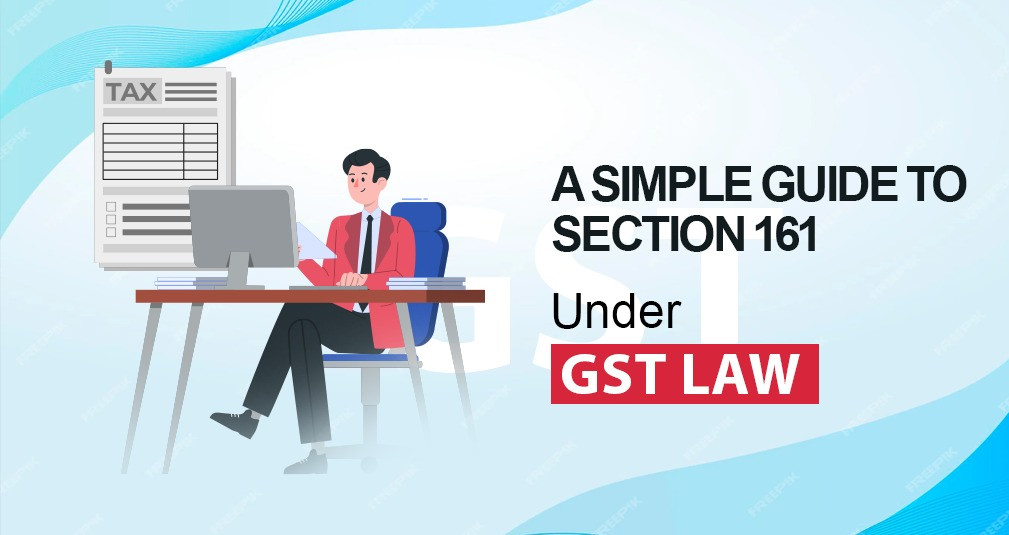
How to Deal with Input Tax Credit in GSTR-3B and GSTR-2A under GST
Input Tax Credit (ITC) is a crucial aspect of the Goods and Services Tax (GST) system. It allows businesses to claim credit for the taxes they have paid on their purchases, which can be offset against their tax liability. The reconciliation of ITC is an important process for taxpayers, and it involves matching the details of the ITC claimed in GSTR-3B with the ITC available in GSTR-2A. Under this, we will discuss how to effectively deal with Input Tax Credits in GSTR-3B and GSTR-2A.
1. What is the Concept of Input Tax Credit under GST?
Before diving into the reconciliation process, it's essential to understand the concept of Input Tax Credit-
Input Tax Credit is a mechanism under the Goods and Services Tax (GST) regime that allows registered taxpayers to claim the credit, as known as ITC, for the GST paid on the purchases made for their business. This means that businesses can reduce the amount of GST they owe by the amount of ITC they are eligible for.
ITC is a key feature of GST, and it is one of the reasons why GST is considered to be a more efficient tax system than the previous indirect tax regimes. ITC helps to reduce the cascading effect of taxes, which is when the tax paid on inputs is added to the cost of goods and services and then taxed again at each stage of the supply chain.
There are a few conditions that must be met in order to claim ITC under GST. These include:
✅ The goods or services must be used for business purposes.
✅ The tax invoice or debit note must be in the name of the registered person claiming the ITC.
✅ The tax must have been paid by the supplier to the government.
✅ The ITC must be claimed within the prescribed time limit.
ITC can be claimed on a variety of inputs, including raw materials, capital goods, and services. However, there are some inputs that are not eligible for ITC, such as goods and services that are used for personal purposes.
2. File GSTR-3B accurately:
GSTR-3B is a monthly summary return that businesses need to file, which contains the details of their outward and inward supplies, along with the taxes paid. To ensure proper reconciliation of ITC, it's crucial to filie GSTR-3B accurately. Ensure that all the relevant details of purchases, supplies, and taxes paid are correctly reported in the return.
3. Access GSTR-2A for Comparison:
GSTR-2A is an auto-populated form generated for every taxpayer based on the information furnished by their suppliers in their respective GSTR-1 returns. It contains details of all the inward supplies received by the taxpayer. Access GSTR-2A from the GST portal to compare the information with your own records.
4. Reconciliation of Form GSTR-3B with GSTR-2A:
Reconciliation involves matching the details of the ITC claimed in GSTR-3B with the ITC available in GSTR-2A. Start by comparing the total amount of ITC claimed in GSTR-3B with the total ITC available in GSTR-2A. It's important to note that you can claim ITC only on eligible purchases, so ensure that the purchases match the eligibility criteria.
5. Identify mismatches and discrepancies:
While reconciling GSTR-3B with GSTR-2A, you may come across discrepancies such as missing invoices, incorrect information, or suppliers who have not filed their returns. Identify these mismatches and discrepancies and take necessary actions to rectify them.
6. Communicate with suppliers:
If you find any discrepancies in GSTR-2A, it's important to communicate with your suppliers and request them to make the necessary corrections in their GSTR-1 returns. Ensure that all the missing invoices are uploaded, and any incorrect details are rectified by the suppliers.
7. Regularly reconcile and update:
Reconciliation is not a one-time process; it should be done regularly to ensure the accuracy of your ITC. As new invoices are uploaded by suppliers and GSTR-2A gets updated, reconcile it with your records and make necessary adjustments.
8. Maintain proper documentation:
Maintaining proper documentation is crucial for ITC reconciliation. Keep a record of all invoices, receipts, and other relevant documents to support your ITC claims. This documentation will be useful during audits or assessments by tax authorities.
In conclusion, dealing with Input Tax Credits in GSTR-3B and GSTR-2A requires careful attention to detail and regular reconciliation. By understanding the concept of ITC, accurately filing GSTR-3B, reconciling with GSTR-2A, identifying discrepancies, and maintaining proper documentation, businesses can ensure the accurate and efficient utilization of input tax credit under the GST regime.
For more information, Visit us at: https://academy.tax4wealth.com/
Related News
No comments yet, Be the first to comment.













